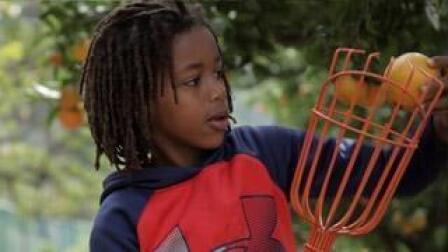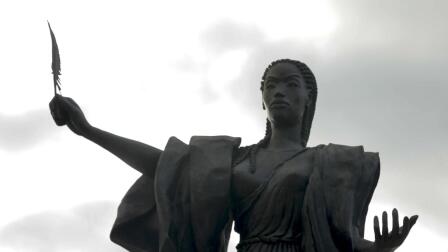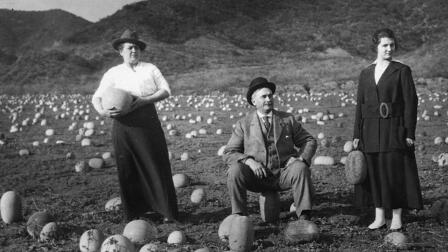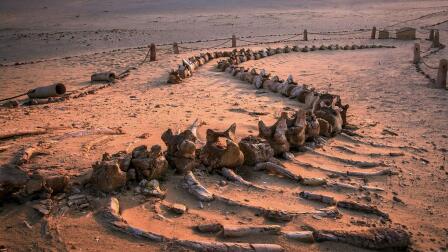Ch 3: The Paving of Paradise
After World War II, developers came into what was the biggest farm town in the nation and forever changed it. In 1940, up to half of the produce eaten in Los Angeles was grown within 50 miles, but today that has shrunk to maybe even less than 1 percent. As the population grew, what was ultimately most attractive to new residents was real estate and "the selling of front lawn.” By the end of the 1950s, there was little, if any, farmland left. In their place were homes and development that is squeezing out the farming industry in what was their former stronghold.
Judith Gerber and Rachel Surls, co-authors of “From Cows to Concrete: The Rise and Fall of Farming in Los Angeles,” as well as authors Wade L. Graham and David Boule walk viewers through the rapid urbanization of Los Angeles. Tim Alderson of Seeds of Hope and 94-year-old farmer Roy C. Pursche recount the stories gives a unique perspective of how things have changed — how much of the farmland, now covered over by concrete, has been used to make way for housing and industrial interests.










